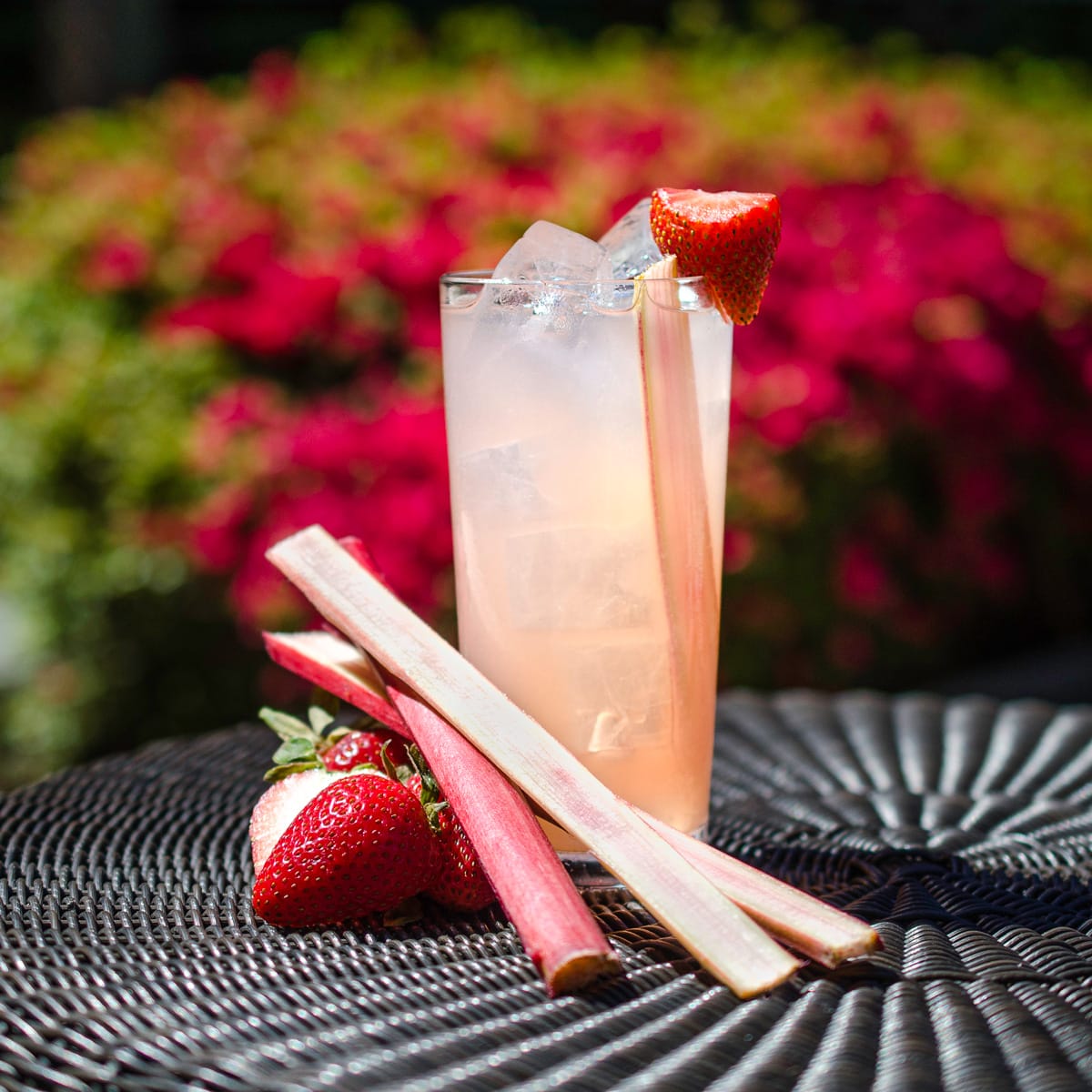
Fairmont Pacific Rim
After months and months of being cooped up at home, there’s one thing we know for sure: We’re going to be spending a lot more time outside this summer.
So in the Spring/Summer 2021 issue of the Alchemist, we celebrate the patio.

After months and months of being cooped up at home, there’s one thing we know for sure: We’re going to be spending a lot more time outside this summer.
So in the Spring/Summer 2021 issue of the Alchemist, we celebrate the patio.
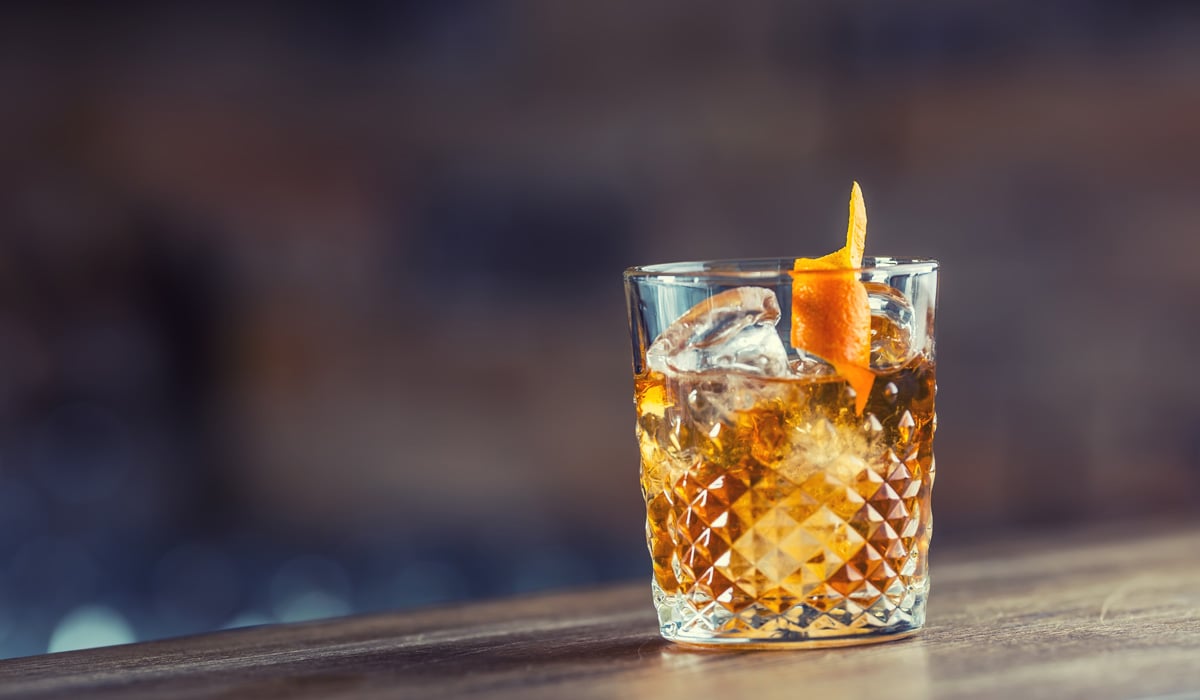
Now that we’re all spending so much more time at home, this is a good opportunity to brush up on our home-bartending skills. That means learning at least a few recipes to serve to the people in your bubble and, eventually, all the many friends you’re making on Zoom.
The most important drink you should know how to make is the one you like best. That’s also the best advice for stocking your liquor cabinet, though for your sake I hope it’s something simple, like a highball, rather than, say, a Ramos Gin Fizz, which requires egg whites, orange blossom water and a seltzer bottle, among other things.
After that, it’s best to start with classics. They are, after all, classics for a reason—they taste good, and they work—but they are also a good place to start experimenting if you want to get creative. Here are five drinks every home bartender should have in their repertoire.
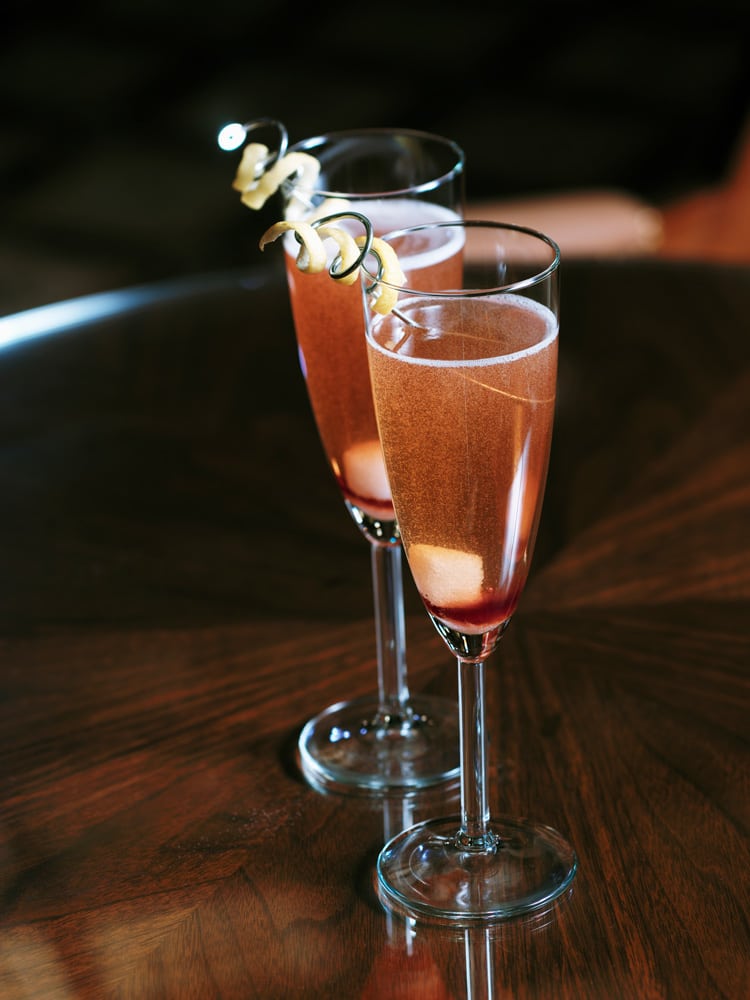
• 1 sugar cube, preferably cane and brown
• 1 to 2 dashes Angostura bitters
• Splash of Cognac
• 3 oz Champagne or sparkling wine
• Garnish: lemon zest (optional)
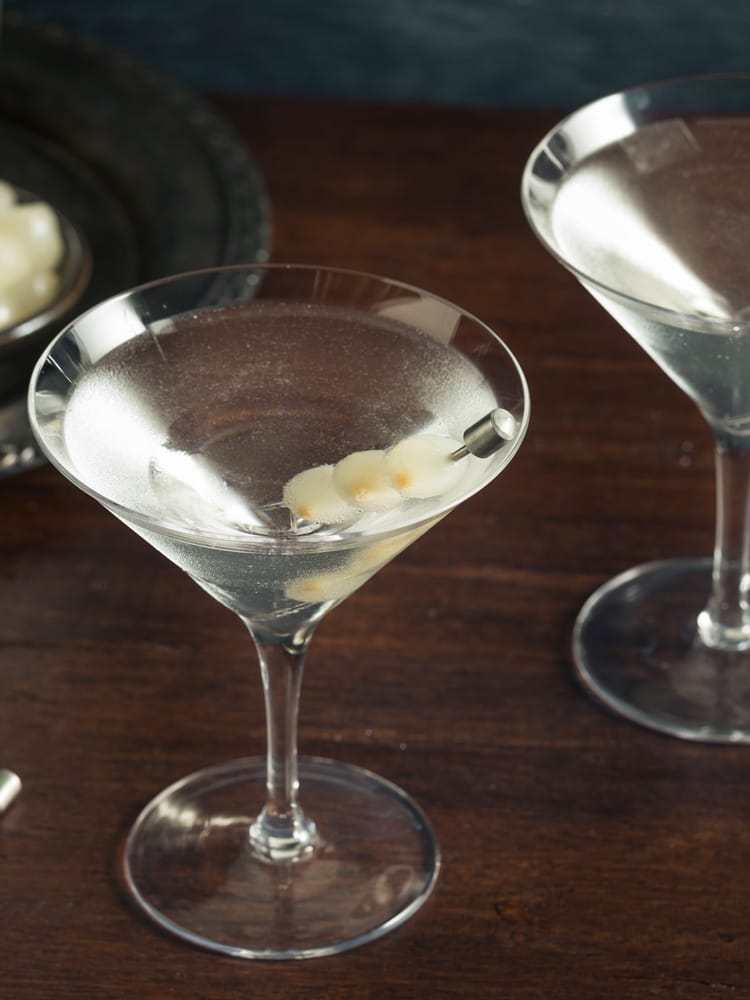
• 2.5 oz gin or vodka
• 0.5 oz dry vermouth
• Garnish: 2 cocktail onions, skewered
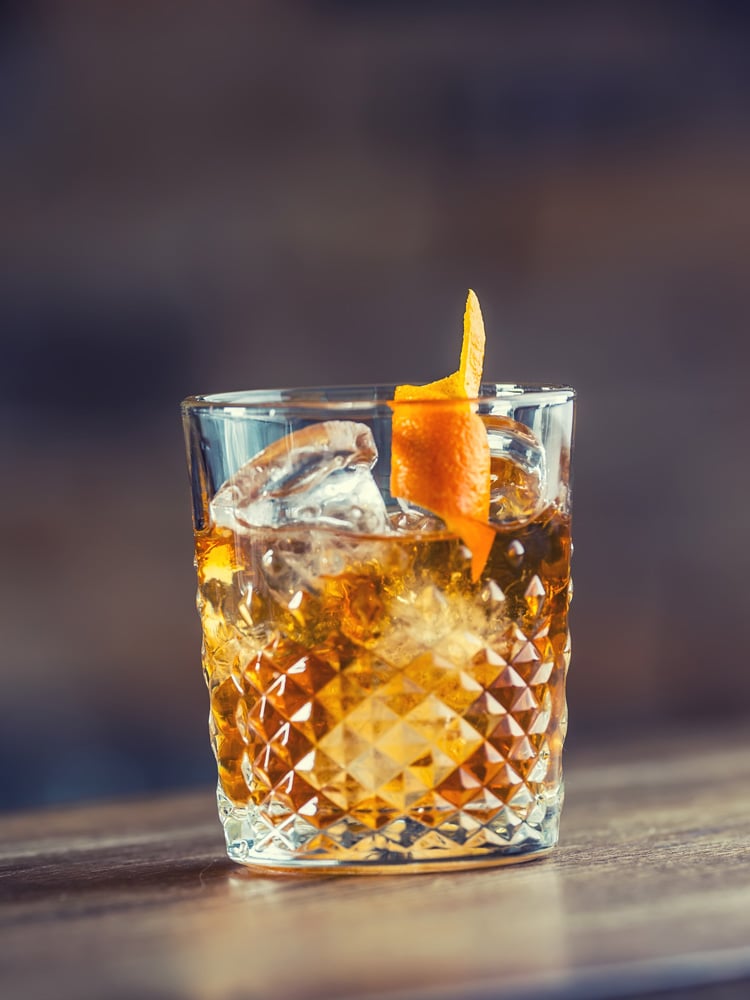
• 1 sugar cube
• 2 dashes Angostura bitters
• 1.5 oz bourbon or rye whisky
• Garnish: cocktail cherry, orange slice (optional)
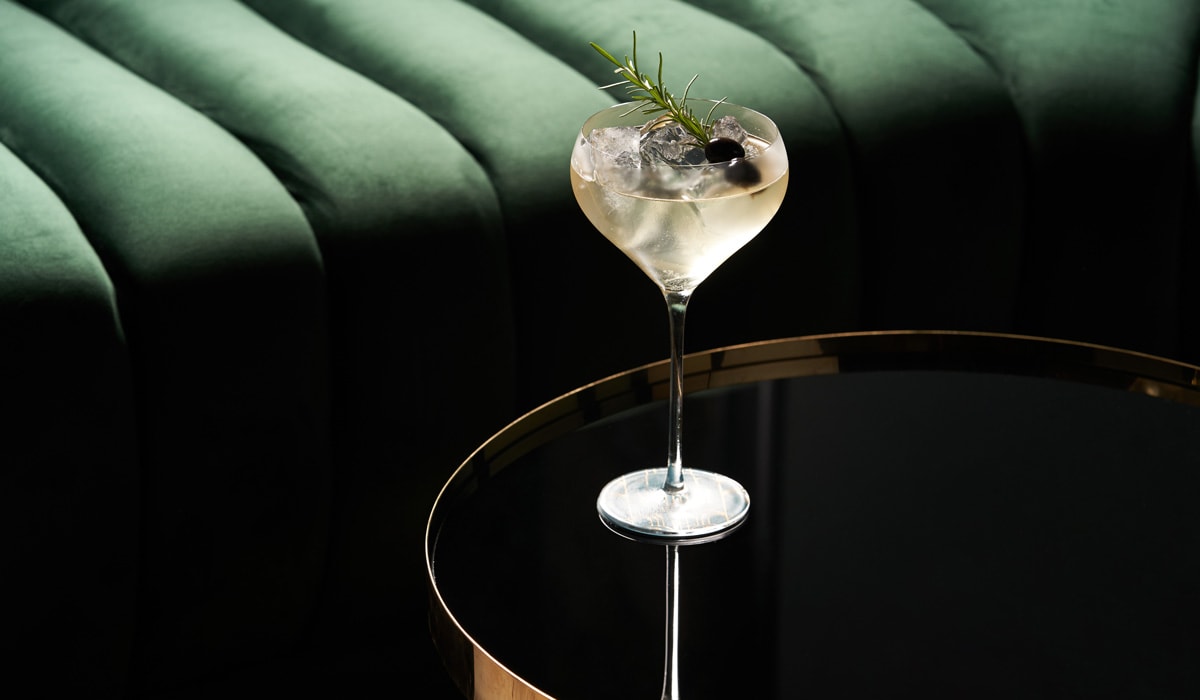
Have you been spending a lot more time at home lately? Funny, us, too! That’s why, in this issue of The Alchemist, we look at ways to shake things up in our home bars.
Charlene Rooke rounds up the tools you need—which also happen to make great holiday gifts—and talks to cocktail legend Camper English, founder of cocktailsafe.org, about the dangerous things you really shouldn’t be doing at home or anywhere. We offer the five essential classic cocktail recipes everyone should know, and our Tasting Panel shares the bottles they stock at home. And we introduce our new Home Bar columnist, Matthew Benevoli, who shows us how to make homemade vermouth.
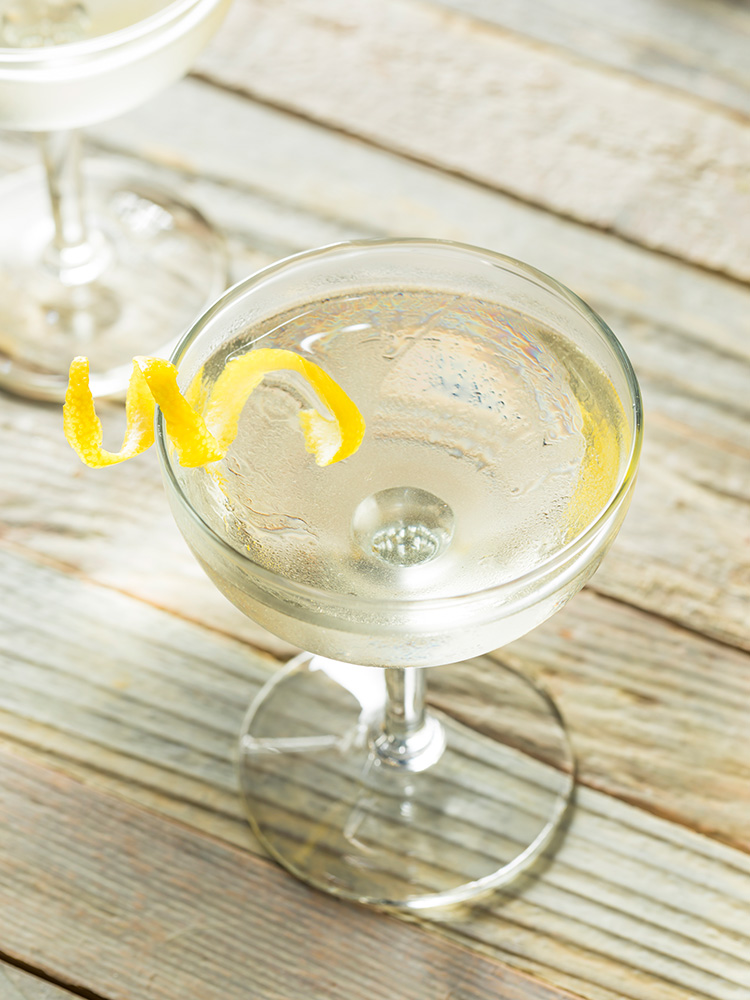
Plenty a tall tale has crossed the polished oak; after all, bartenders like to dish out lively anecdotes along with the gin and spiced nuts. But when it comes to boozy myths, legends, outright lies and wholesale whoppers, “more cling to the Martini than any other cocktail.”
So writes Robert Simonson in his IACP-nominated book The Martini Cocktail (Ten Speed Press). He is fascinated by the outsize role the Martini has played in popular culture ever since its invention in 1849, or maybe it was the 1880s, or possibly 1906, who knows?
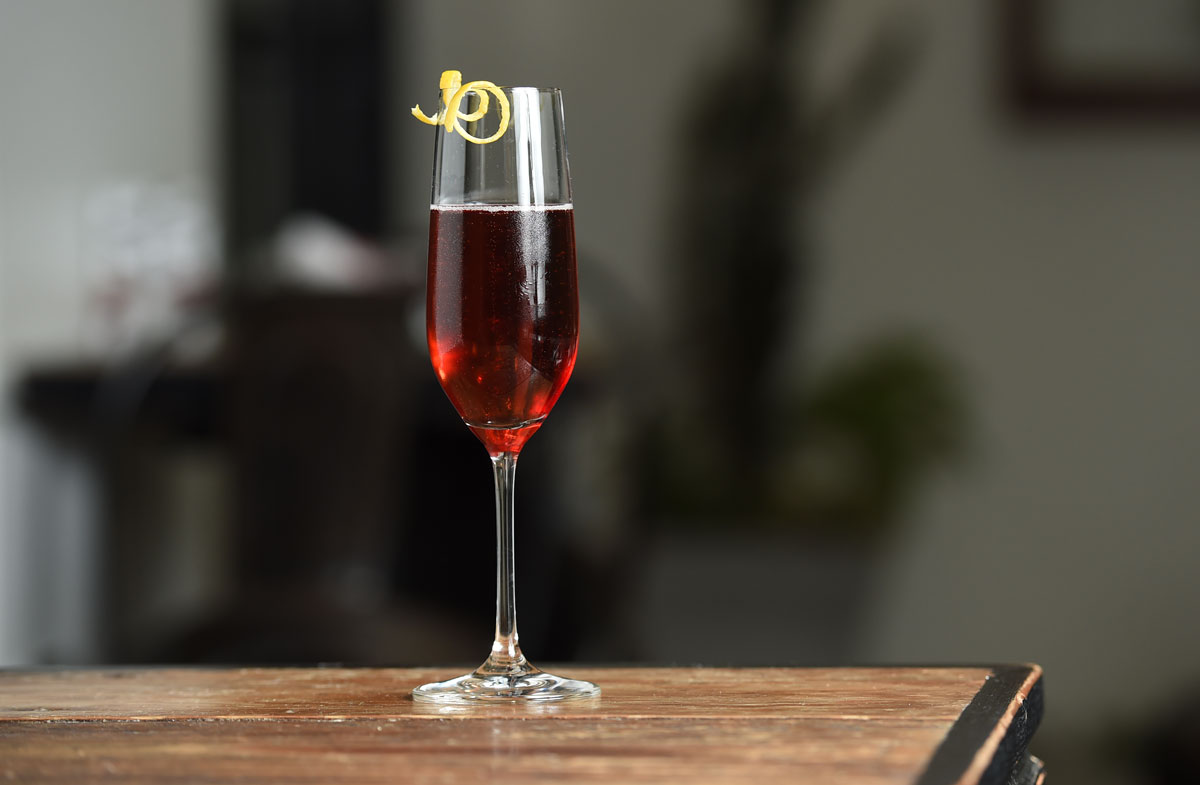
The Kir Royale (or Royal, if you prefer) is the kind of swanky fizz that could have been conjured up by some posh hotel barkeep trying to impress a well-heeled customer. In fact, its backstory is much more thrilling than that.
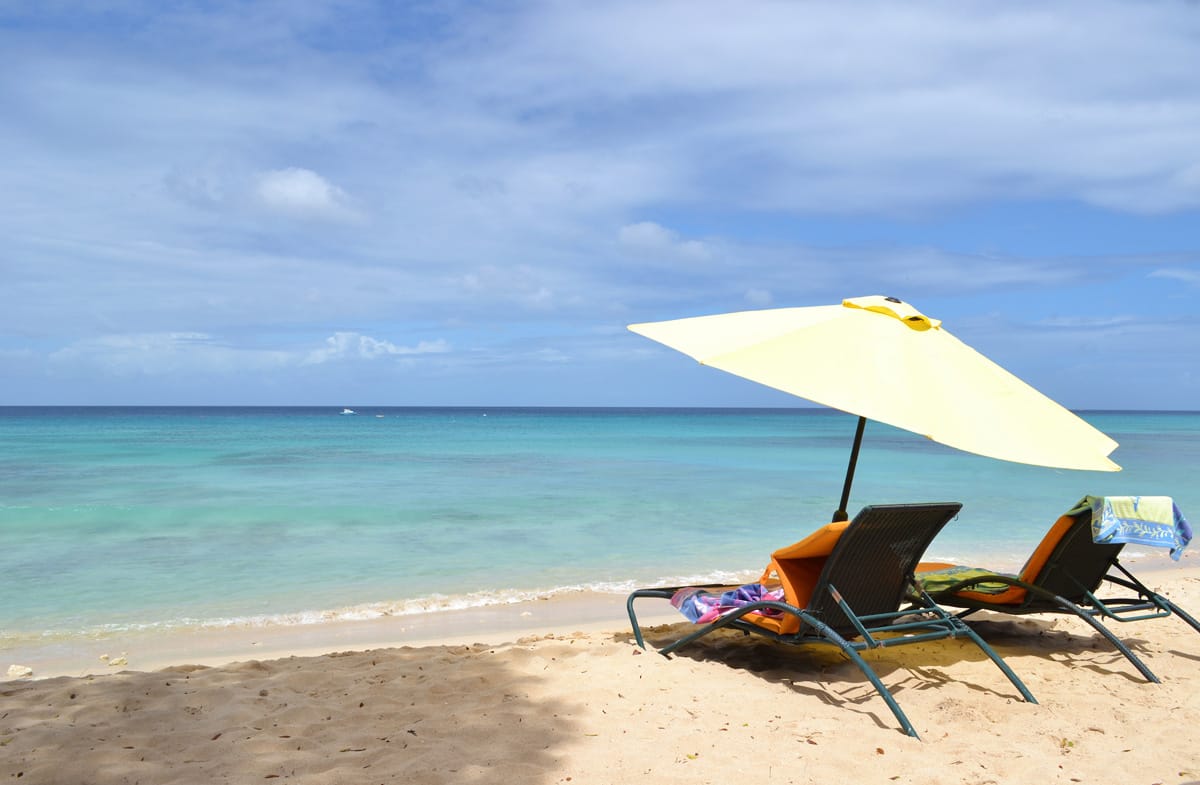
It won’t take long, once you’ve landed in Barbados, before someone presses a glass, sparkling with condensation and filled with an amber elixir, into your hand. Welcome to the famous Barbados rum punch and the taste of island life.
In Barbados, rum punch is enjoyed by everyone from farm workers to property tycoons to pallid newcomers from wintry climes. And it’s enjoyed everywhere from the verandas of grand plantation houses to the tailgate of a jeep in the jungle.
How rum punch came to be the national drink is unknown, but not exactly surprising.
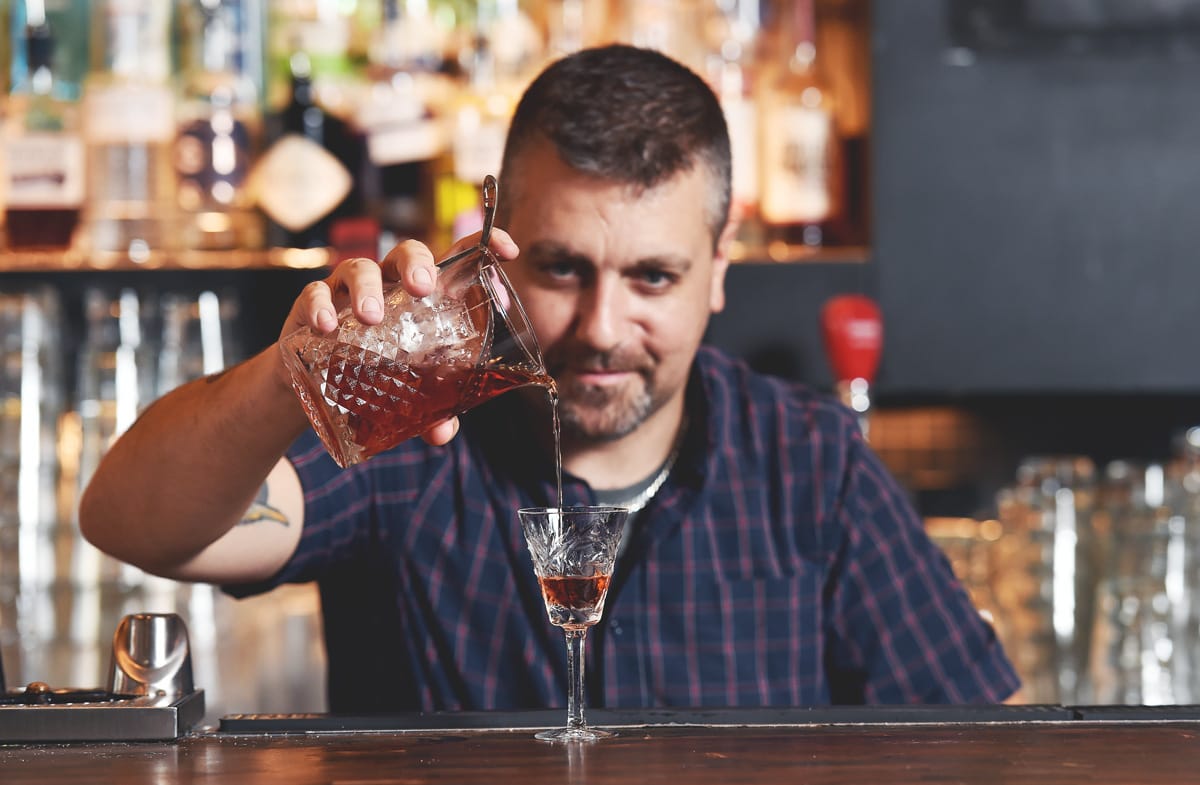
What is it with absinthe? Every time the herbal spirit gets involved, confusion and controversy seem to follow.
Take the Sazerac, one of the world’s oldest and greatest cocktails and since 2008 the official state cocktail of Louisiana. For decades experts as revered as Dale de Groff, King Cocktail himself, traced the origins of the first cocktail to this anise-scented variation on the Old Fashioned. Sadly, it can’t be true, since the word “cocktail” first appeared in print in 1806 and the apothecary who allegedly invented the Sazerac was only three years old at the time.
Still. It’s a good tale.